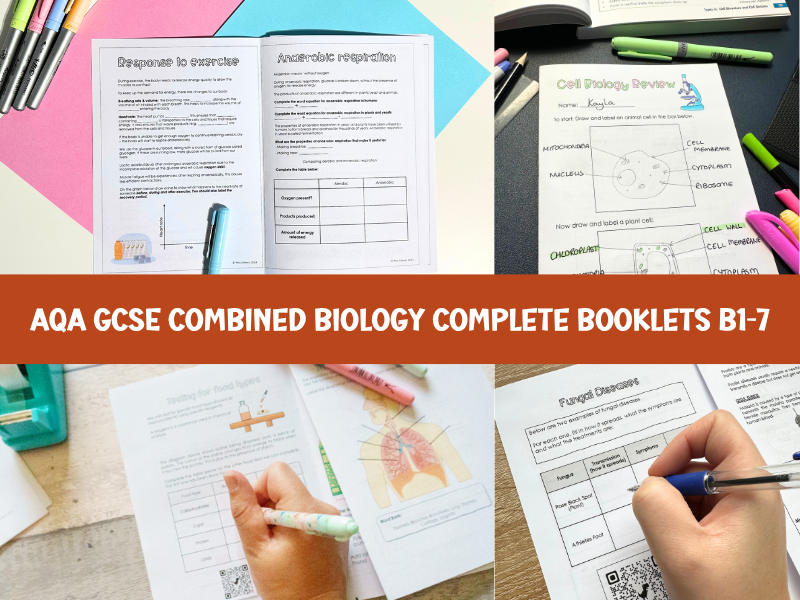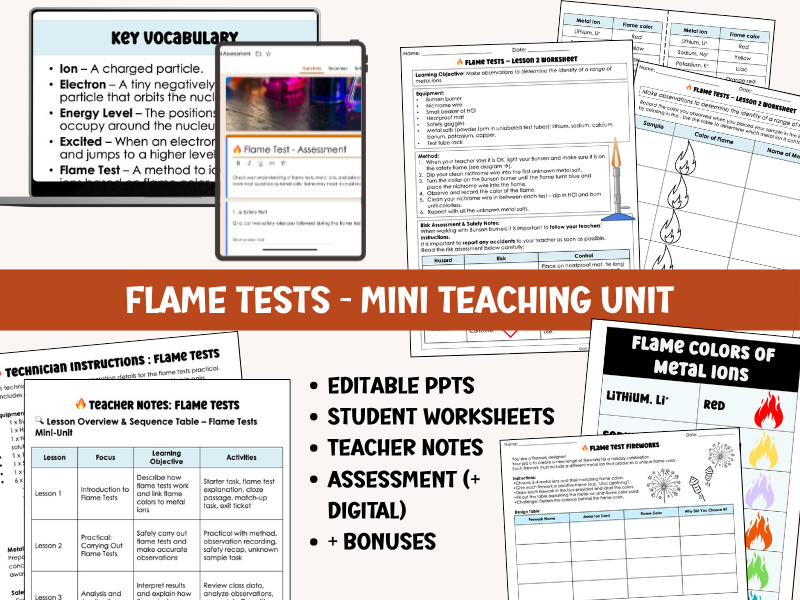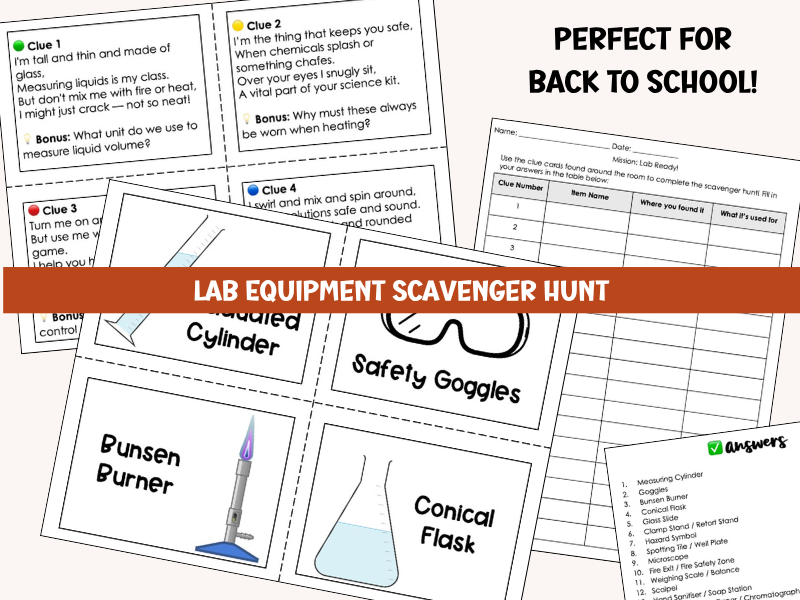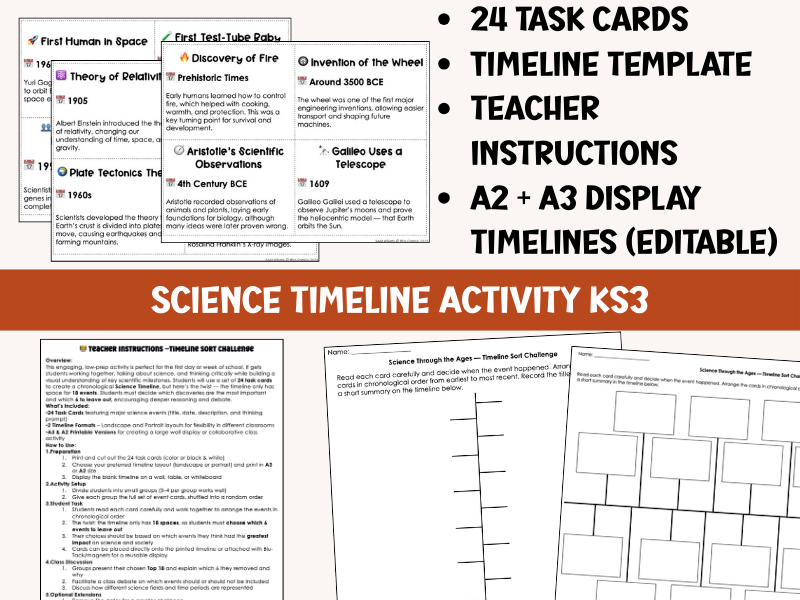Miss Osmosis
Welcome to my store! I'm a passionate Biology teacher with 7 years of classroom experience and a Master's degree in Marine Biology. My love for the sciences has fueled my teaching journey & inspired the engaging, high-quality resources you'll find here. With my teaching experience & strong background in tutoring, I create materials that are not just informative but also fun & easy to use. Dive into my store & discover resources that will bring the world of biology to life for your students! 🌊🔬























